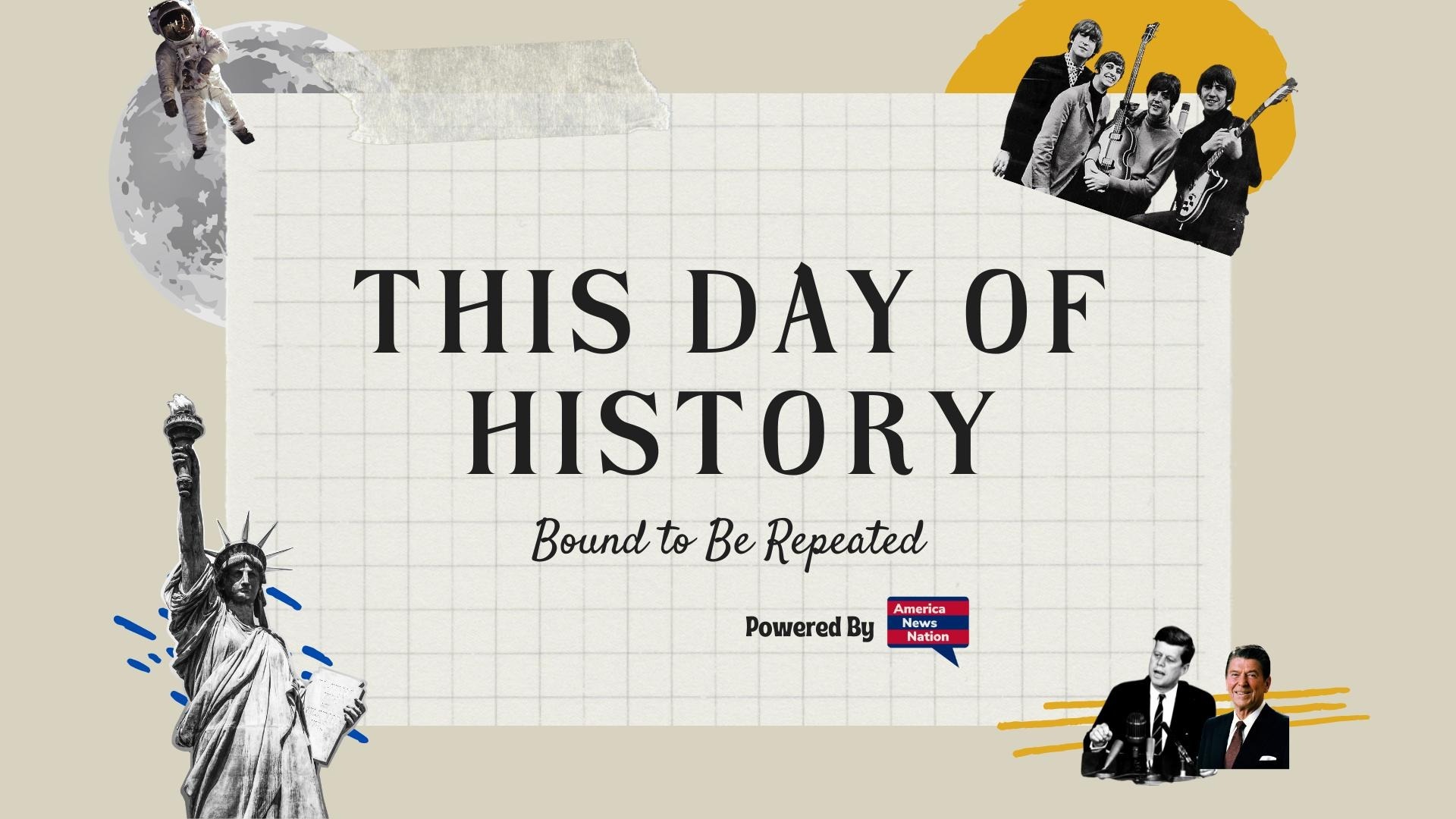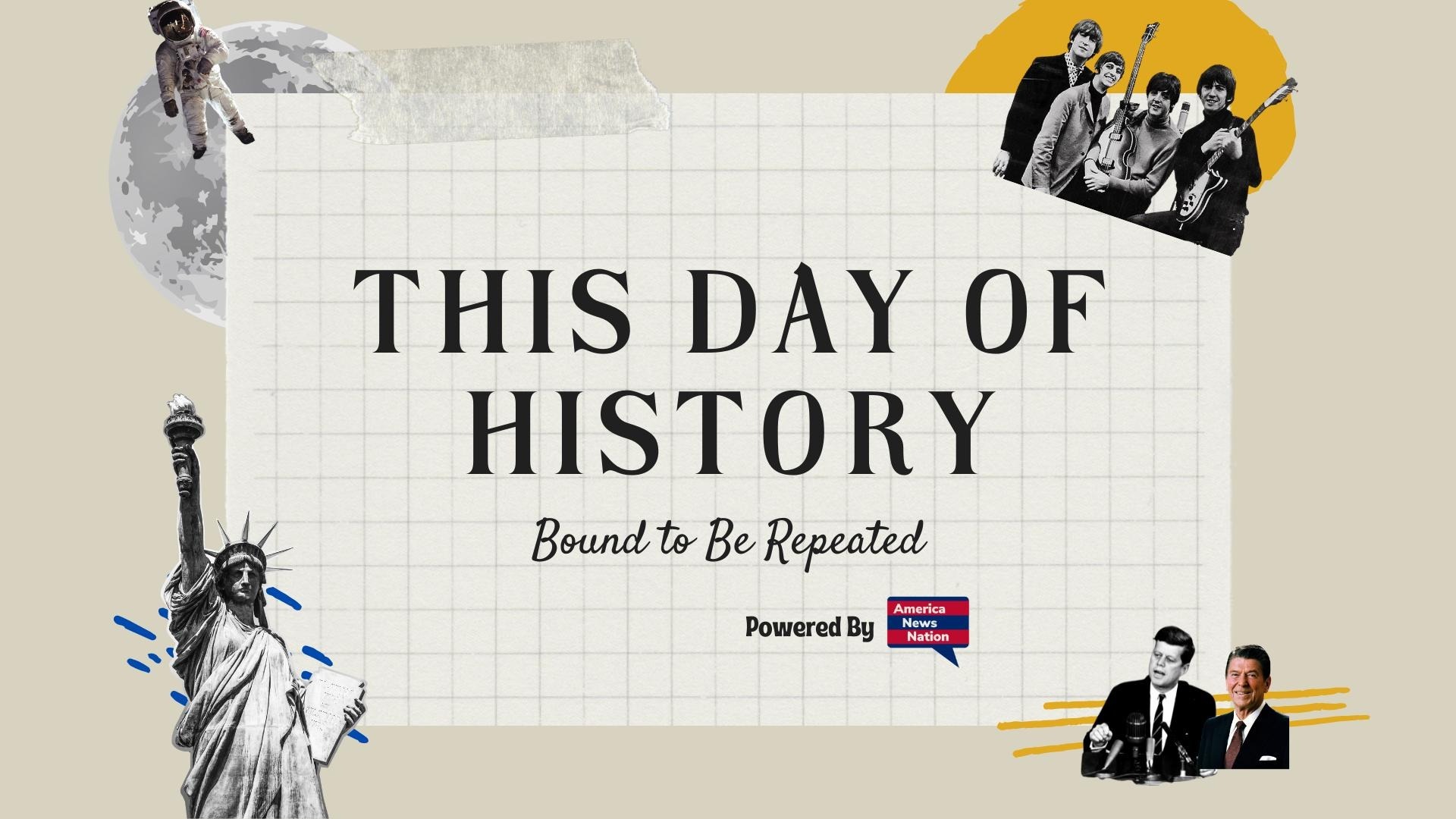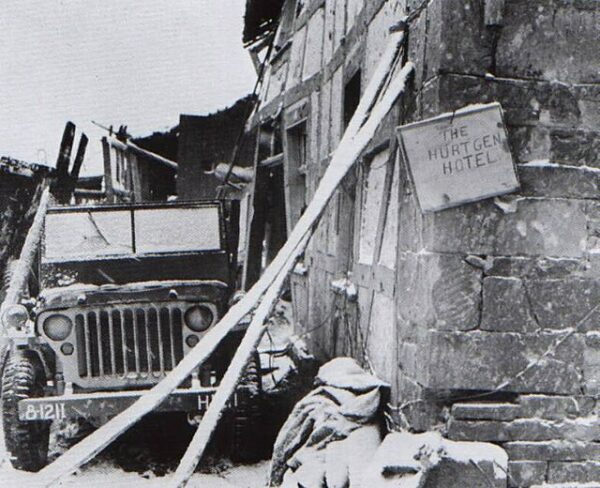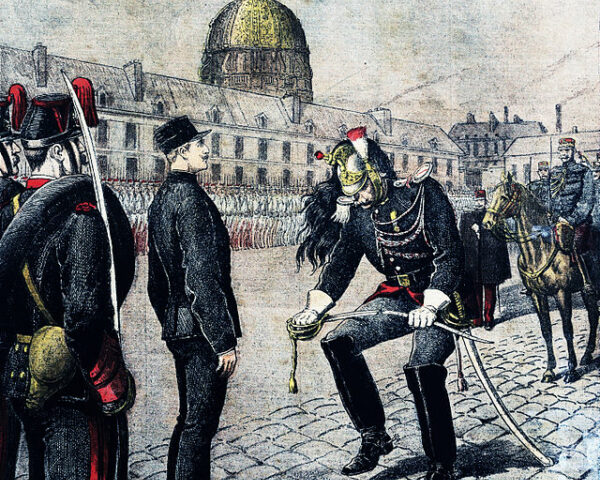On September 19, 1944, the United States Army entered a dense, forbidding tract of woodland along the German–Belgian border known as the Hürtgen Forest. What began that morning as a push to clear the area for the advance into the Rhineland would spiral into one of the most protracted and punishing engagements in American military history—lasting until February 1945 and becoming the second-longest individual battle the U.S. Army has ever fought.
The setting itself conspired against the attackers. The Hürtgen was no open battlefield but a labyrinth of towering firs, thick underbrush, and treacherous ravines. Narrow logging roads and muddy tracks offered little room for tanks or artillery. Visibility was so limited that small units often became disoriented, losing contact with neighboring formations. German defenders, well dug in with interlocking fields of fire, mines, and booby traps, had every natural advantage. The Americans, by contrast, found themselves funneled into kill zones, where progress was measured not in miles but in yards.
Strategically, Allied commanders believed they needed to secure the forest to protect the flank of the larger drive toward the Rhine River and to seize the Roer River dams, which could be used by the Germans to flood the plains below and stall an advance. Yet this rationale—hotly debated among historians—led the Army into a grueling attritional fight of little offensive gain. The cost was staggering: roughly 33,000 American casualties, including killed, wounded, missing, and captured. German losses, though smaller, also ran into the tens of thousands. The ratio of sacrifice to achievement was one of the most lopsided of the entire European campaign.
Conditions on the ground compounded the misery. Cold autumn rains turned foxholes into waterlogged pits. Supplies and reinforcements often failed to reach the front due to constant shelling and the forest’s inhospitable terrain. The ever-present danger of tree bursts—artillery shells detonating in the branches and showering deadly splinters downward—made every moment a potential catastrophe. Soldiers described the forest as a “green hell,” where the ceaseless roar of artillery and the cracking of trees created an atmosphere of perpetual terror.
Morale sank as divisions rotated through the maelstrom. The 4th Infantry Division was among the first to enter, followed by the 9th, 28th, and others, each chewed up in turn. Units that had been celebrated for their performance in Normandy and the breakout at Saint-Lô now struggled to hold together under relentless strain. Medical evacuation was slow, chaplains and litter bearers worked under fire, and replacements—often young and inexperienced—were thrown directly into combat with little orientation. The grinding nature of the battle bore resemblance to World War I more than to the mobile campaigns that had characterized 1944.
German strategy in the Hürtgen Forest was not to annihilate the Americans but to bleed them. For Hitler and his generals, every day the Allies lost in the forest was a day gained to prepare for the Ardennes counteroffensive—the Battle of the Bulge—that erupted in December. In this sense, the Hürtgen became a prelude to that larger clash, softening American units and tying down men and matériel that might have been better employed elsewhere.
By February 1945, after five months of combat, the U.S. Army finally secured the forest and the vital dams. Yet the victory was hollow. The cost in lives, the psychological toll on the troops, and the limited strategic returns left many veterans questioning why they had been asked to endure so much for so little. Historians continue to debate whether the battle was a tragic miscalculation or a grim necessity forced by the geography of the war.
The Battle of Hürtgen Forest remains, alongside the Meuse–Argonne Offensive of 1918, among the longest sustained battles in American history. Its legacy is not one of triumphal advance but of endurance in the face of seemingly unrelenting adversity. For the men who fought there, the memory of the dark woods, the ceaseless shelling, and the immense human cost would linger long after the war’s end.






